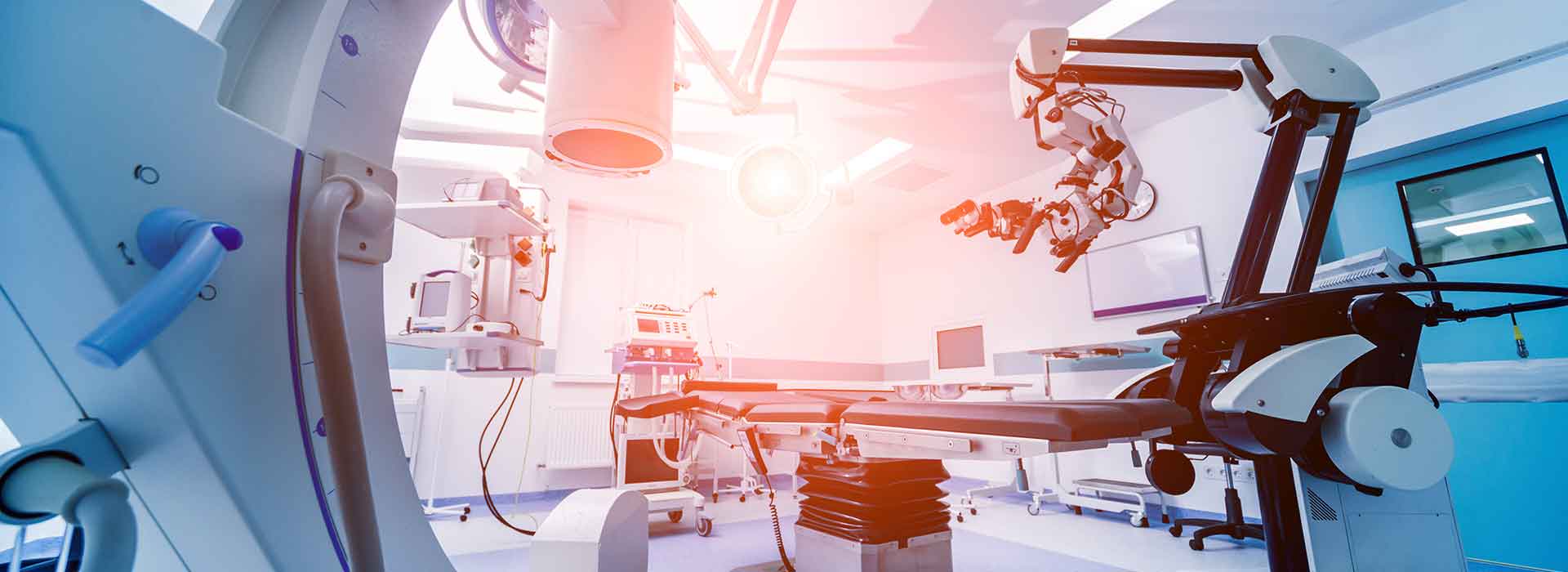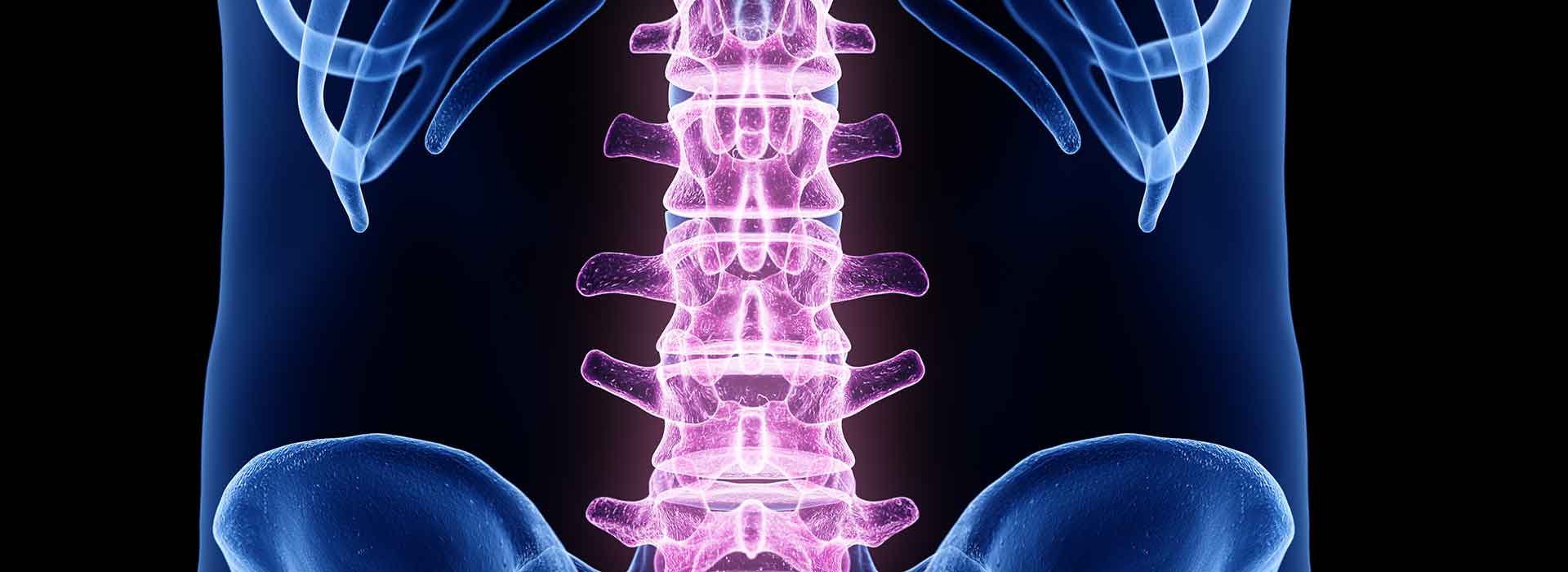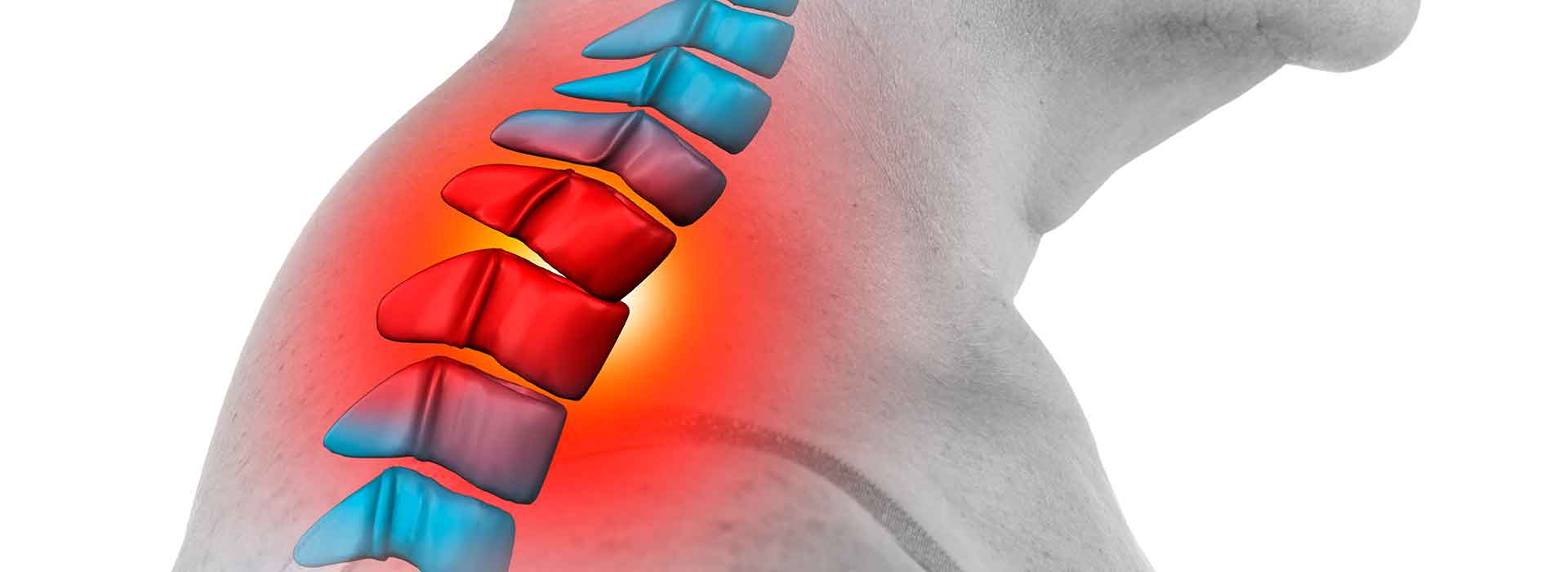PEEK spinal cages, also termed interbody fusion cages, are used in spinal fusion procedures to replace a damaged spinal disc and provide an ideal environment for two vertebrae to fuse together. Fusion is indicated when the spine is affected by a degenerative disorder or when it sustains an injury. Injury or disease may cause compression in the spinal column, which can produce chronic, often debilitating pain. Spinal fusion corrects this problem by essentially “fusing” the vertebrae together, so they move as a single unit, preventing unregulated movement and stabilizing the spine.
PEEK interbody fusion cages are positioned between the two vertebrae that are to be fused. The cage provides optimal spacing to encourage controlled bone growth. The cages can also be threaded so that bone can grow through the implant and integrate properly. In effect, the interbody cage becomes part of the spinal column.
Who needs a PEEK interbody fusion cage?
Though back surgery was once considered a high risk procedure, success rates have improved markedly over the years. Now, between 60 and 90 percent of patients experience successful fusion and accompanying pain relief.
There are several conditions where a PEEK interbody fusion cage can provide considerable relief. Some of them include:
- Spinal stenosis
- Degenerative disc disease
- Degenerative scoliosis
- Degenerative spondylolisthesis
- Spine fractures
Why PEEK is a Top Option for Fusion Cages
Interbody fusion cages can be made from a few different biomaterials, including titanium, allograft bone or donated, and even carbon graphite. PEEK is the frontline choice for fusion cages and has supplanted titanium in this area. There are several reasons why surgical teams and patients are opting for PEEK, including:
1. A bone-like modulus – PEEK is unique among biomaterials in that it possesses a cortical bone-like modulus. This means PEEK flexes and bears weight like bone. Both of those are critical considerations because the fusion cage will be integrated into the fusion site. It needs to behave like bone to provide proper stability, and because PEEK does this, surgical teams can better forecast how the implant will perform following the procedure.
PEEK’s ability to bear weight like cortical bone is also important for mitigating stress shielding. Stress shielding results from an implant bearing too much weight, reducing the load on neighboring bone and its bone mineral density, as a result. Bone adapts healthily to load bearing, and an implant must not interfere with this dynamic. PEEK spinal cages do not, so they help preserve the integrity of neighboring bone.
A final note regarding PEEK’s favorable physical properties. Subsidence, which refers to an implant’s tendency to settle into the bone, is a concern for implanted biomaterials, but it’s less of a concern with PEEK. According to a study published in the European Spine Journal, PEEK implants experience subsidence rates of ten percent or less, while Titanium produces subsidence rates of 20 percent or more.
2. Radiolucency – PEEK’s bone-like modulus was a compelling reason for surgical teams, but it wasn’t the only one. The polymer’s radiolucency is also important for spinal fusion procedures, where accurate imaging is a must. In its natural state, PEEK is a radiolucent or invisible material on MRI, CT and X-ray scans. It will not interfere with a physician’s ability to read and assess medical imaging. As positioning is critical for spinal fusion procedures, clear medical imaging is a must.
PEEK is also versatile in this regard as it can be augmented with various additives that alter its radiolucency. Barium sulfate, for example, can be added to PEEK to increase the level of radiopacity, allowing advantageous shadowing or contrast on the image. This image contrast can be relevant for certain spinal fusion procedures depending upon the surgeon’s preference.
3. Biocompatibility – No biomaterial can be implanted without first demonstrating complete biocompatibility. PEEK is proven in this regard, and multiple animal studies have confirmed its lack of cytotoxicity, genotoxicity and immunogenesis. In fact, PEEK has passed the most rigorous biocompatibility testing available.
Implantable PEEK cages have been in use for two decades, and the existing literature on patient outcomes is positive. There appears to be no additional risks associated with PEEK, compared to titanium.
The Future of PEEK Spinal Cages
PEEK has already replaced titanium in most instances, but we’re only just starting to explore the material’s potential in medicine. A focus of research in PEEK spinal cages is improving osseointegration between the implant and native bone. Several implant designs have already been introduced that aim to do just that, and there are more on the way. Some approaches to enhancing PEEK’s osseointegrative capabilities include the use of microscopic pore structures, which encourage bone to grow into the implant. Other approaches include the use of hydroxyapatite or zeolite, as both attract osteoblast activity.
Medical engineering firms are hard at work on the next generation of PEEK fusion cages, but in the present, there’s already good reason for patients and surgeons to opt for the material. With its unmatched material properties, radiolucency and biocompatibility, PEEK is the optimal choice in spinal fusion applications.








